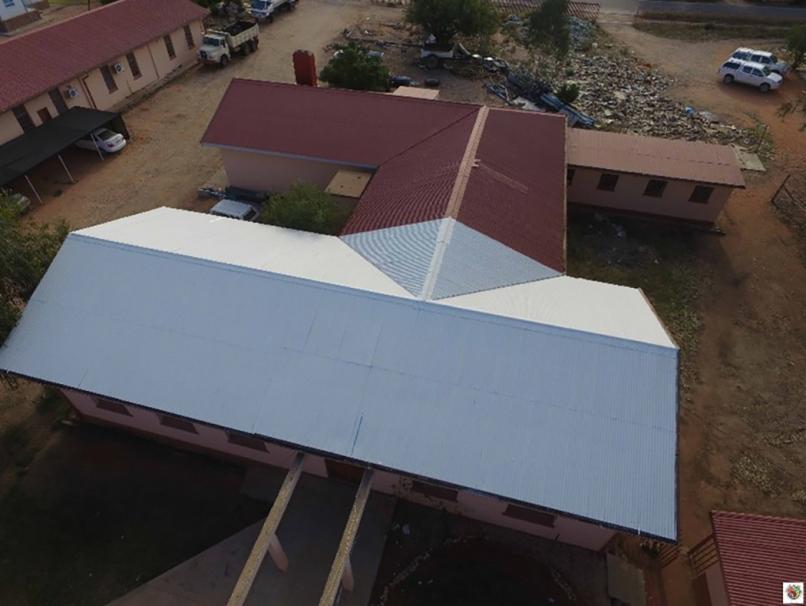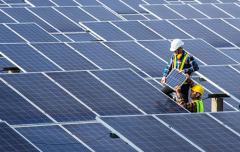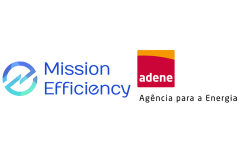Chilling Prospects 2022: The Million Cool Roofs Challenge
|
Reflections on five years of the Kigali Amendment by the Global Cool Cities Alliance |
Over 1 billion people across the world lack access to cooling and the implementation of passive cooling strategies is a solution to reach those most in need of cooling services. The Global Cool Cities Alliance (GCCA) works to accelerate a worldwide transition to cooler, healthier cities by advancing heat mitigation policies and programmes that reduce the effects of climate change on global warming.
Cool, reflective roofs are widely applicable – they absorb less of the sun’s radiation, which can reduce indoor air temperatures by 2–3°C and outdoor air temperatures by up to 10°C. In addition to increasing thermal comfort for people who do not have the means to access mechanical cooling options, cool roofs can help reduce the need for mechanical cooling, in turn reducing energy demand and cutting greenhouse gas (GHG) emissions. There is however a lack of awareness about cool roofs and markets in which to obtain them. GCCA’s successful Million Cool Roofs Challenge sought to find unique ways, informed by local conditions and ideas, to grow awareness and market availability at the local level.







